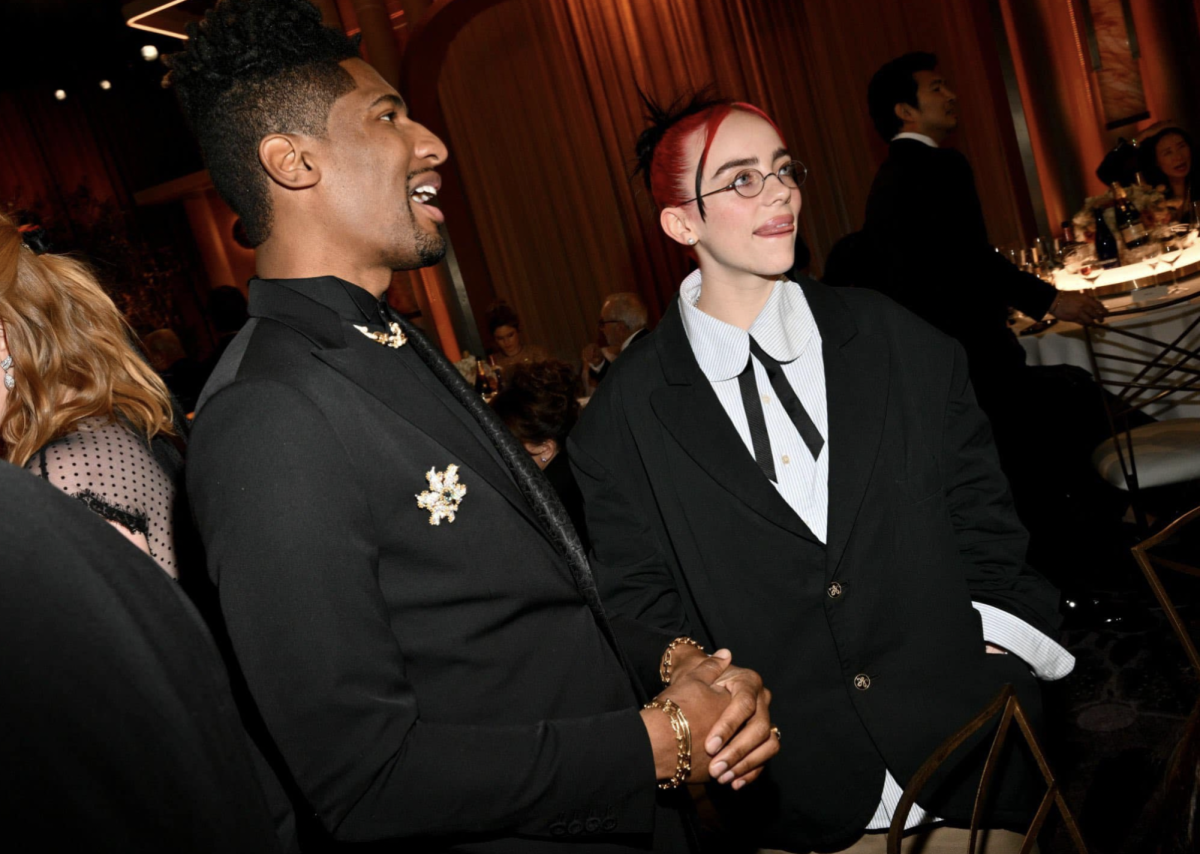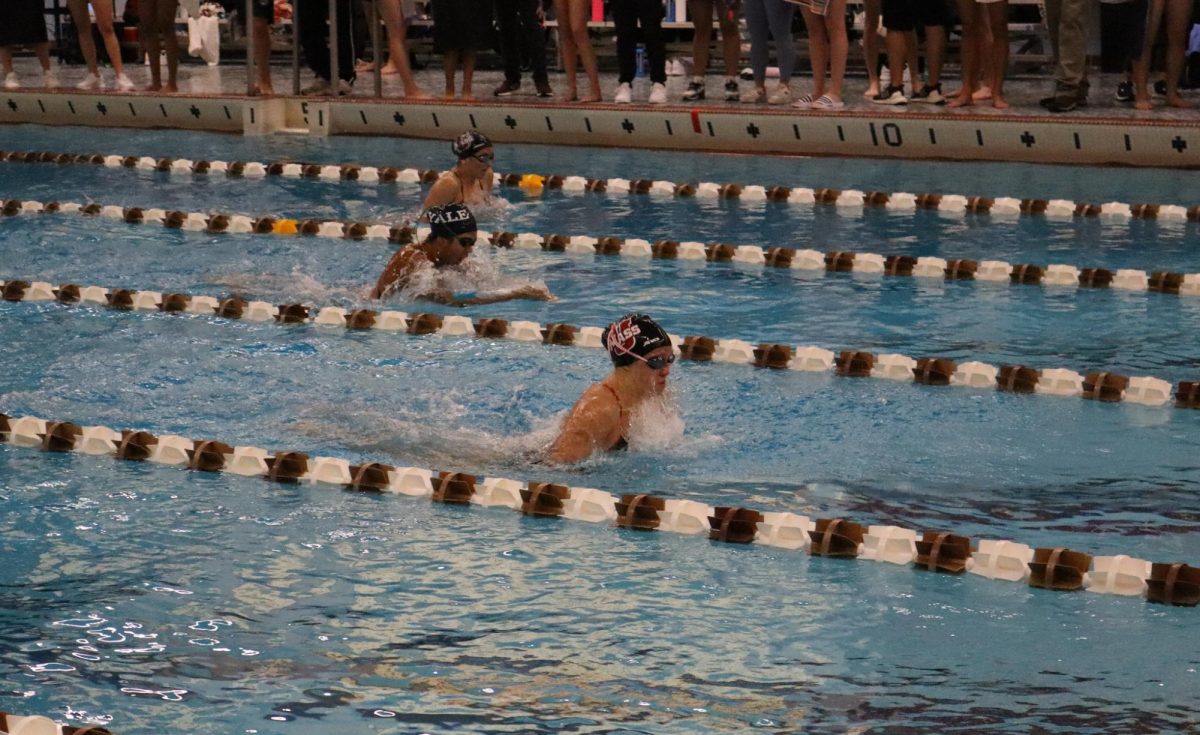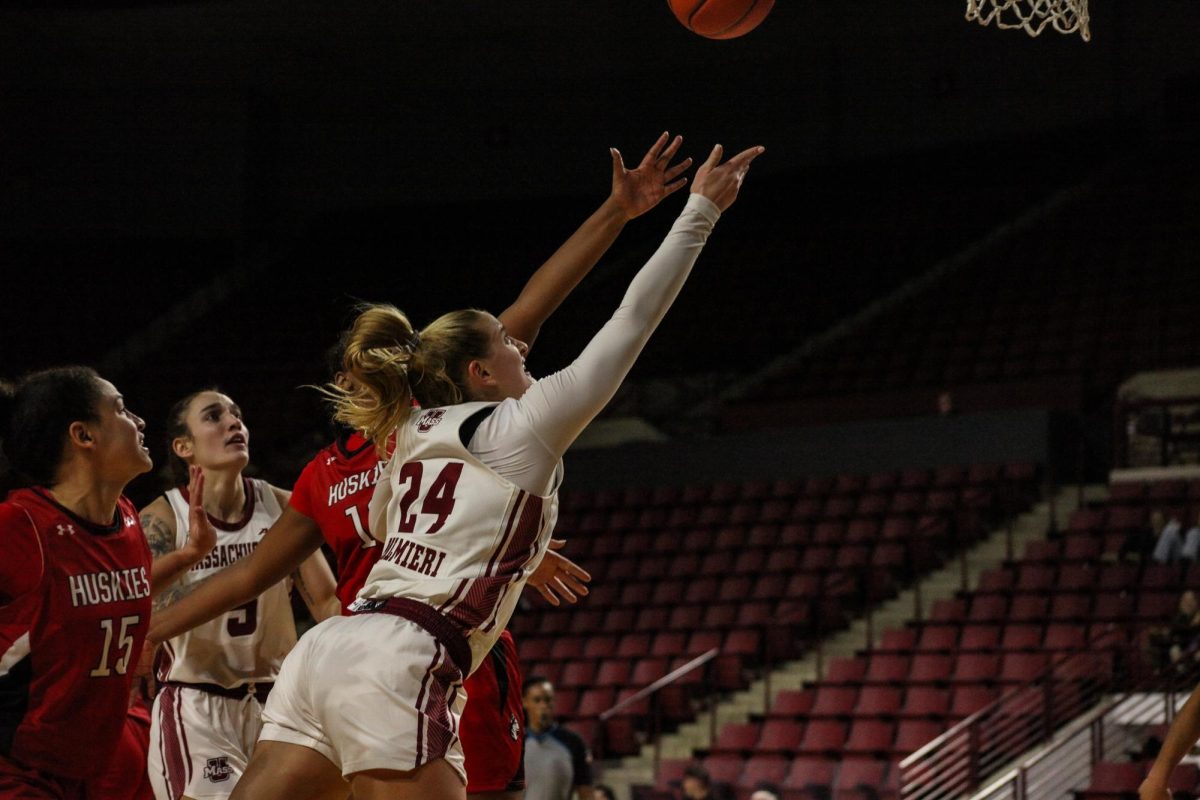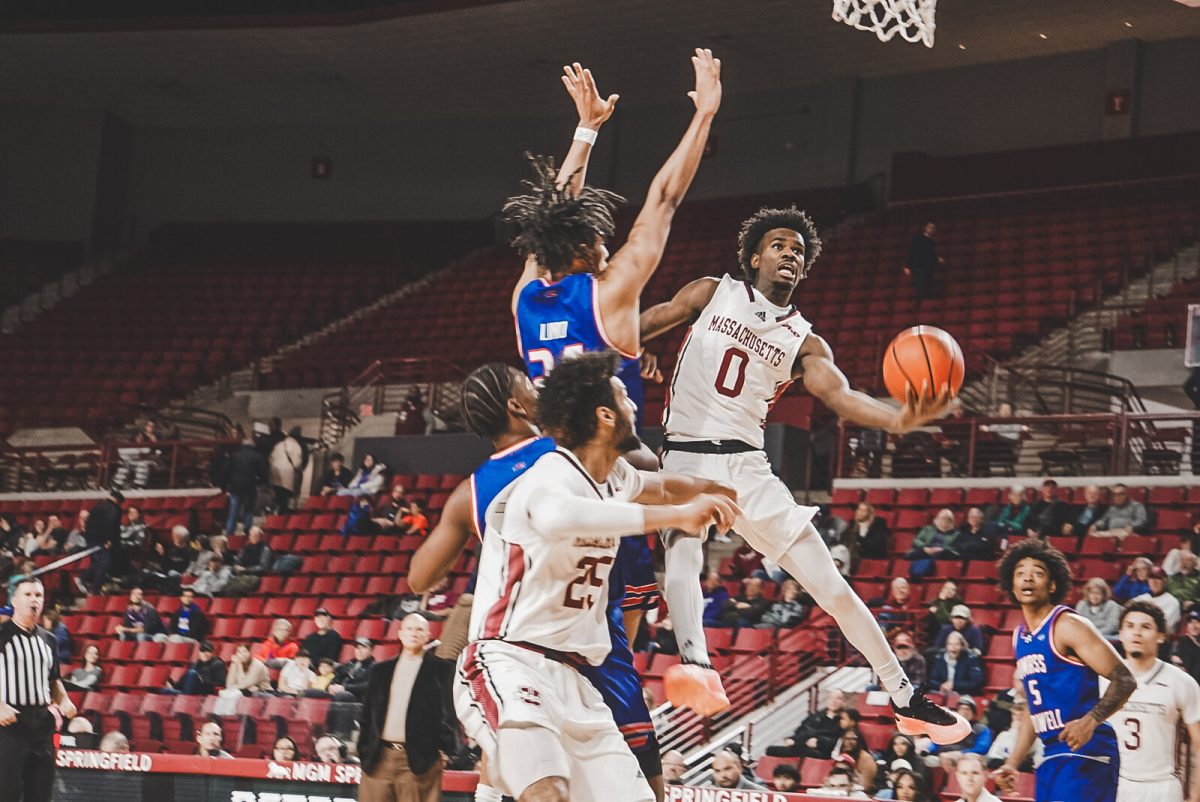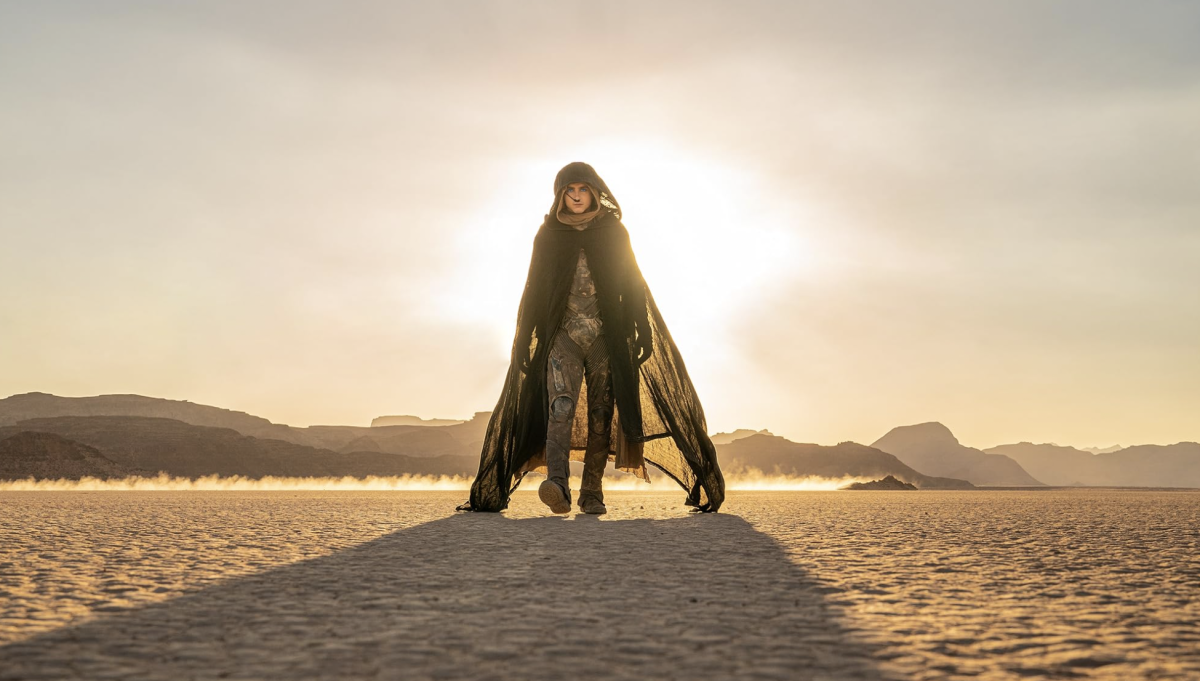Song of the Year (SOTY) is a Grammy category focused on awarding lyricism. Unlike Record of the Year, the performing artist will not receive the award unless they are a listed songwriter. This year, every performing artist also has a songwriter credit, which means the award will honor the listed songwriters and performing artist. There are two “Barbie” movie soundtrack songs nominated in the category, as well as some repeat nominations from Record of the Year also nominated for SOTY.
Lana Del Rey has one previous nomination for Song of the Year, and “A&W” is her second chance for a possible win. The song sounds like two songs; its construction moves from lethargic to an upbeat unconcern. The lyrics and vocals follow a woman dissociating, with tense piano unraveling the discomfort of accepting the sad reality. Del Rey sounds restless as she recounts a list of unfortunate events, and her ability to utilize various vocal tones add to the detailing of her story. The lyrics of “A&W” capture a moment of being at the edge, the precursor of the moment staying in the present. In “A&W,” Del Rey’s lyricism is defined and focused, making it impossible to look away.
Jon Batiste’s “Butterfly” is a piano ballad that operates as a metaphor. This is one of Batiste’s three general field nominations, marking his first year with the most general field nominations. “Butterfly” is a slower paced song from his album “World Music Radio” that feels more aligned with Batiste’s traditional compositional skills. The stripped-down production allows listeners to focus on Batiste’s songwriting.
The “Barbie” movie’s “Dance the Night,” written by Dua Lipa, Mark Ronson, Caroline Ailin and Andrew Wyatt peaked at number six on the Billboard Hot 100. A disco track, the song plays over Barbie’s house party in the film. This is Lipa and Ronson’s second SOTY nominations, respectively. Lipa and Ronson have won a Grammy together before for their track “Electricity” in the Dance Recording category. The song’s chart success may be able to give it a small edge over its fellow “Barbie” competitor “What Was I Made For?” sung by Billie Eilish. If unsuccessful in this category, “Dance the Night” is also nominated for Best Song Written for Visual Media, a category that Ronson has won in the past.
With her song “Kill Bill,” SZA reunites with Carter Lang, who produced her debut record “CTRL.” In “Kill Bill,” SZA loudly proclaims she might kill her ex. The song’s chorus was a viral hit and the lyricism instantly landed with listeners. SZA’s boldness in writing unrevealed thoughts have shaped her as a songwriter, unafraid to lean into uncomfortability. Her lyricism showcases someone who wants to engage in vulnerable conversations no matter how it will paint her. She seeks honesty through conversational lyrics, which break the barriers between artist persona and listeners.
Taylor Swift’s infamously catchy chorus, “It’s me, hi / I’m the problem, it’s me,” was the major driver of the popularity of “Anti-Hero.” Swift presents an unlikeable image of the self, listing why she’s the anti-hero along with its consequences. This is her attempt to challenge the idea of not being “good.” “Anti-Hero” juxtaposes viewing the self through your own eyes, versus the eyes of others. Taylor has never won in this category despite six nominations.
Considered an artist that has been heavily snubbed by the Recording Academy, Miley Cyrus’s “Flowers” was well received by the Academy. Her co-collaborators included Kid Harpoon, who won AOTY last year for Harry Styles’s “Harry’s House.” Cyrus uses an inner narration of a freed persona to structure the songwriting. “Flowers” has an interpolation of Bruno Mars’s “When I Was Your Man” to craft a memorable chorus that leads to a strong post-chorus. The repetition of these parts is the core of the song. Her songwriting on “Flowers” stands apart from the emotive tones usually found on a typical Cyrus record. Leaning heavily into pop, her lyrics are laid back and accepting as opposed to her more heightened, dramatic tone we’ve previously seen.
“vampire” is Olivia Rodrigo’s second SOTY nomination. She moved between reflection and consequence in the aftermath of her first album. This is a thematic songwriting strength for Rodrigo. “vampire” is directed as a past lover, though it is unclear if this is a confrontation or inner monologue. She has a catchy chorus that defines the heart of the song. It was clear with her sophomore album, “GUTS” that Rodrigo wanted to continue building her skills as a pop artist. “vampire” became a pop lyrical hit.
This year marks Billie Eilish’s fourth nomination in the SOTY category with her “Barbie” movie hit, “What Was I Made For?” She has won this category once for her song “Bad Guy,” and she is a clear frontrunner as the Recording Academy enjoys rewarding her songwriting. The lyrics for “What Was I Made For?” stood out in comparison to its stripped-down production. Despite being the only somber song from “Barbie The Album,” listeners instantly connected with the song. The lyrics are emotive and draw a meditative introspection.
Most of the nominees in this category are looking for their first SOTY win after being previously nominated. Though a couple of nominations are already represented in Record of the Year, some nominees may have themselves winning in either category. Billie Eilish is the only past winner nominated again this year. That, combined with the widespread success of “What Was I Made For?” could make her a clear choice for the Recording Academy.
Suzanne Bagia can be reached at [email protected].

